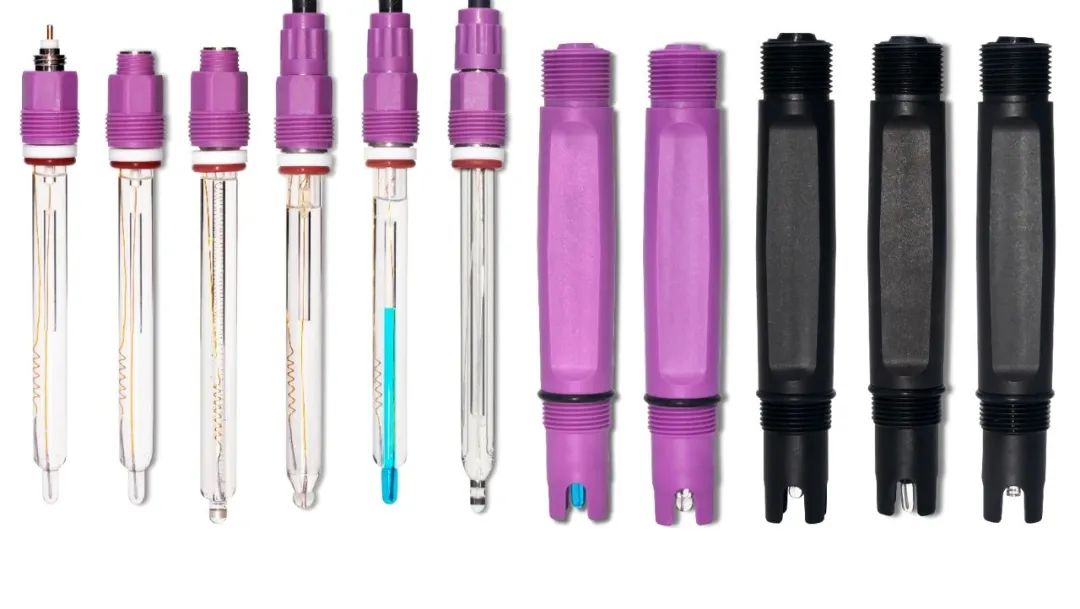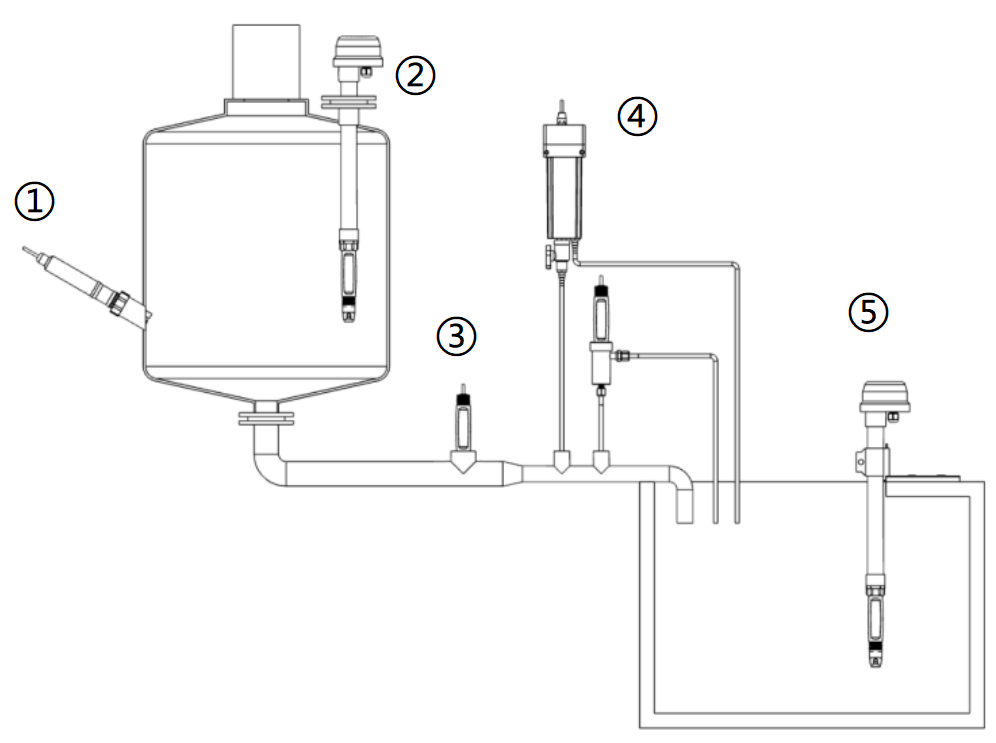Shanghai Chun Ye "committed to the ecological environmental advantages into ecological economic advantages" of the service purpose. Business scope mainly focuses on industrial process control instrument, water quality online automatic monitoring instrument, VOCs (volatile organic compounds) online monitoring system and TVOC online monitoring alarm system, Internet of Things data acquisition, transmission and control terminal, CEMS smoke continuous monitoring system, dust noise online monitoring instrument, air monitoring and other products R & D, production, sales and service .
Product Overview
The core theory of pH electrode measurement is Nernst equation. The sensors used in potentiometric analysis are called galvanic cells. A galvanic cell is a system that converts the energy of a chemical reaction into electrical energy. The voltage of this cell is called electromotive force (EMF). This electromotive force (EMF) consists of two and a half cells. One and a half cells are called measuring sensors, and their potential is related to a specific ion activity; The other half cell is the reference half cell, usually called the reference sensor, which is generally communicated with the measurement solution and connected with the measurement instrument.
ORP (REDOX potential) is an important index in water quality. Although it can not independently reflect the quality of water quality, it can integrate other water quality indicators to reflect the ecological environment in the aquarium system.
In water, each substance has its own REDOX properties. In simple terms, we can understand that: at the micro level, each different substance has a certain oxidation-reduction capacity, and these substances with different oxidation-reduction properties can affect each other, and ultimately constitute a certain macroscopic oxidation-reduction property. The so-called REDOX potential is used to reflect the macroscopic oxidation-reduction properties of all substances in an aqueous solution. The higher the REDOX potential, the stronger the oxidation, the lower the potential, the weaker the oxidation. A positive potential indicates that the solution shows some oxidation, and a negative potential indicates that the solution shows reducibility.




Electrode connection
To connect the pH/ORP electrode to the instrument, the electrode with temperature also needs to connect the temperature terminal to the instrument, and select the matching temperature compensation program on the instrument.


Installation Diagram
① Side wall installation: ensure that the inclination Angle of the interface is greater than 15 degrees;
② Top flange installation: pay attention to the flange size and electrode insertion depth;
③ Pipeline installation: pay attention to the diameter of the pipeline, water flow rate and pipeline pressure;
④ Flow installation: pay attention to the flow rate and flow pressure;
⑤ Sunk installation: pay attention to the length of the support.
Electrode maintenance and maintenance
When using the electrode, the electrode protective cap should be unscrewed first, and the electrode bulb and liquid junction should be soaked in the measured liquid.
If it is found that salt crystals are formed in the electrode head and protective cover due to the evaporation of the electrolyte inside the electrode through the dialysis film, it does not affect the normal use of the electrode, indicating that the electrode dialysis film is normal, and can be washed away with water.
Observe whether there are bubbles in the glass bulb, you can hold the upper end of the electrode and shake a few times.
In order to ensure a fast response time, the electrode glass sensor film should always be kept wet, and after the measurement or calibration, the electrode should be correctly cleaned and a certain amount of electrode protection liquid should be dripped into the electrode protection cap. The storage solution was 3mol/L potassium chloride solution.
Check whether the terminal of the electrode is dry. If there is any stain, wipe it with anhydrous alcohol and blow dry before use.
Long-term immersion in distilled water or protein solutions should be avoided, and contact with silicone grease should be prevented.
If the electrode is used for a long time, its glass film may become translucent or have deposits, which can be washed with 10% dilute hydrochloric acid and washed with water. It is recommended that the user regularly clean the electrode and calibrate it with the instrument.
If the electrode cannot be corrected and measured normally after the maintenance and maintenance of the electrode using the above methods, the electrode cannot recover its response, please replace the electrode.
Post time: Aug-30-2023




